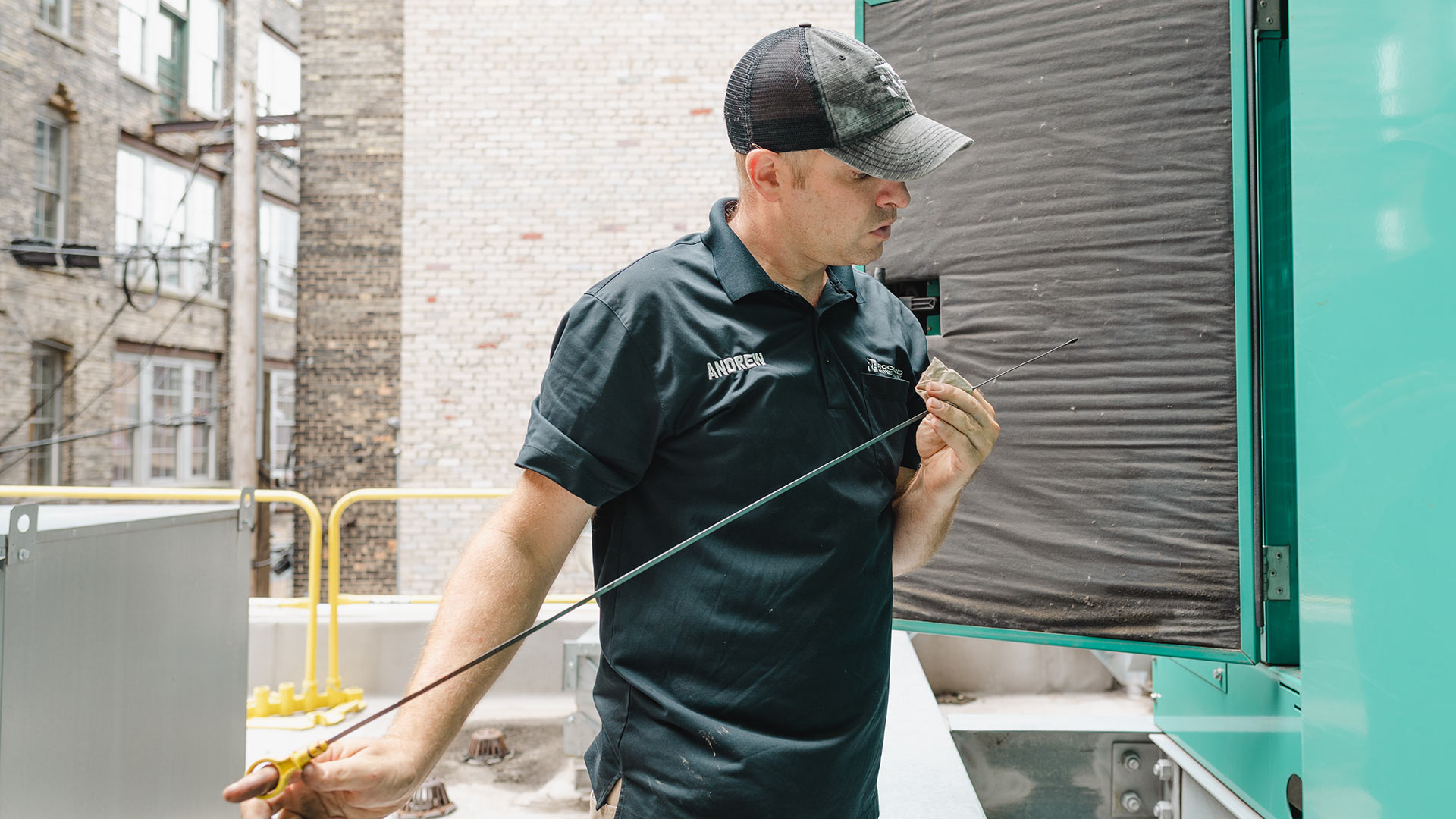Preventive Maintenance Programs Support Healthier, Higher-Performing Buildings
No matter who you are, if you have an interest in the operation and performance of a building, a preventive maintenance program (PMP) is key to long-term success. The process can be compared to changing the oil on your car. On average, every 3,000 miles, you swap the oil to maintain efficiency and promote ongoing performance for your vehicle and its many components.
PMPs are time-based and consist of a series of processes and tools for conducting regular maintenance on a building’s equipment, such as walk-in coolers, generators, air handling units and more. Steps are taken to keep the equipment in good condition through time, avoiding costly repairs and unnecessary downtime.
In today’s world, with supply chain issues wreaking havoc on seemingly every industry, implementing a PMP is more important than ever. Beyond combating long lead times, rolling out a PMP can lead to many benefits.
"Devising a preventive maintenance program is one of the most significant steps that you can take to support a building’s future. The many advantages include reduced equipment failure, improved equipment performance and a heightened life expectancy for all the components that power your building’s operations."
Bob Van Rees, Director of Facilities Management, Rockford Construction.
Before formulating a PMP, a complete understanding of all the equipment in your building is necessary. When inventorying, make sure to consider the following questions:
- What kind of an impact will an equipment failure have on my business? Will my shop/restaurant/office need to close for any period?
- What is the condition of the equipment (new, old, obsolete)? Do I need to have a plan to replace this equipment in the future?
- What is the total replacement cost of the equipment?
Conducting the inventory process will help you establish a more complete picture of your building. Having it in hand will also enable you to determine how losing a piece of equipment, even for just a few hours or a day, could affect business continuity. Using your list, rank each piece of equipment according to criticality – pieces that are most vital to keeping the business up and running should be addressed first in your PMP.
With your inventory in place, you’ll next need to consider whether to create the PMP and perform the required maintenance in house or to contract with a third party. If performing the maintenance on your own, it’s typically best to begin by following the manufacturer’s recommendations. However, bear in mind that these recommendations typically represent the worst-case scenario. Placement of equipment, water quality, air quality, the physical environment and a slew of other factors could affect the timing of preventive maintenance – meaning that your approach should likely be customized based on how and where you use the equipment.
To develop a more robust, tailored plan – and to perform the necessary maintenance – consider working with a third party such as Rockford Property Management. Our team has a deep level of experience and understanding of the system-level processes needed to establish a PMP that will work for your business. Additionally, our holistic understanding of the entire lifecycle of a building – established through our work covering more than three decades of service in real estate development, construction and property management – allows us to generate the best possible PMPs for your success.
“There are many factors to consider when developing a preventive maintenance program, but the most critical consideration is simply to have one,” Van Rees said. “Doing so will result in a healthier, better-performing building, will save you time and money, and will help solidify your return on investment.”
previous Post
previous Post
